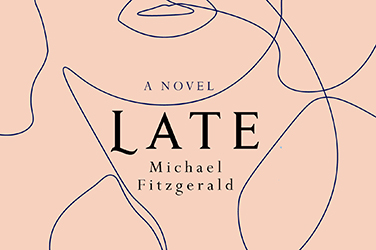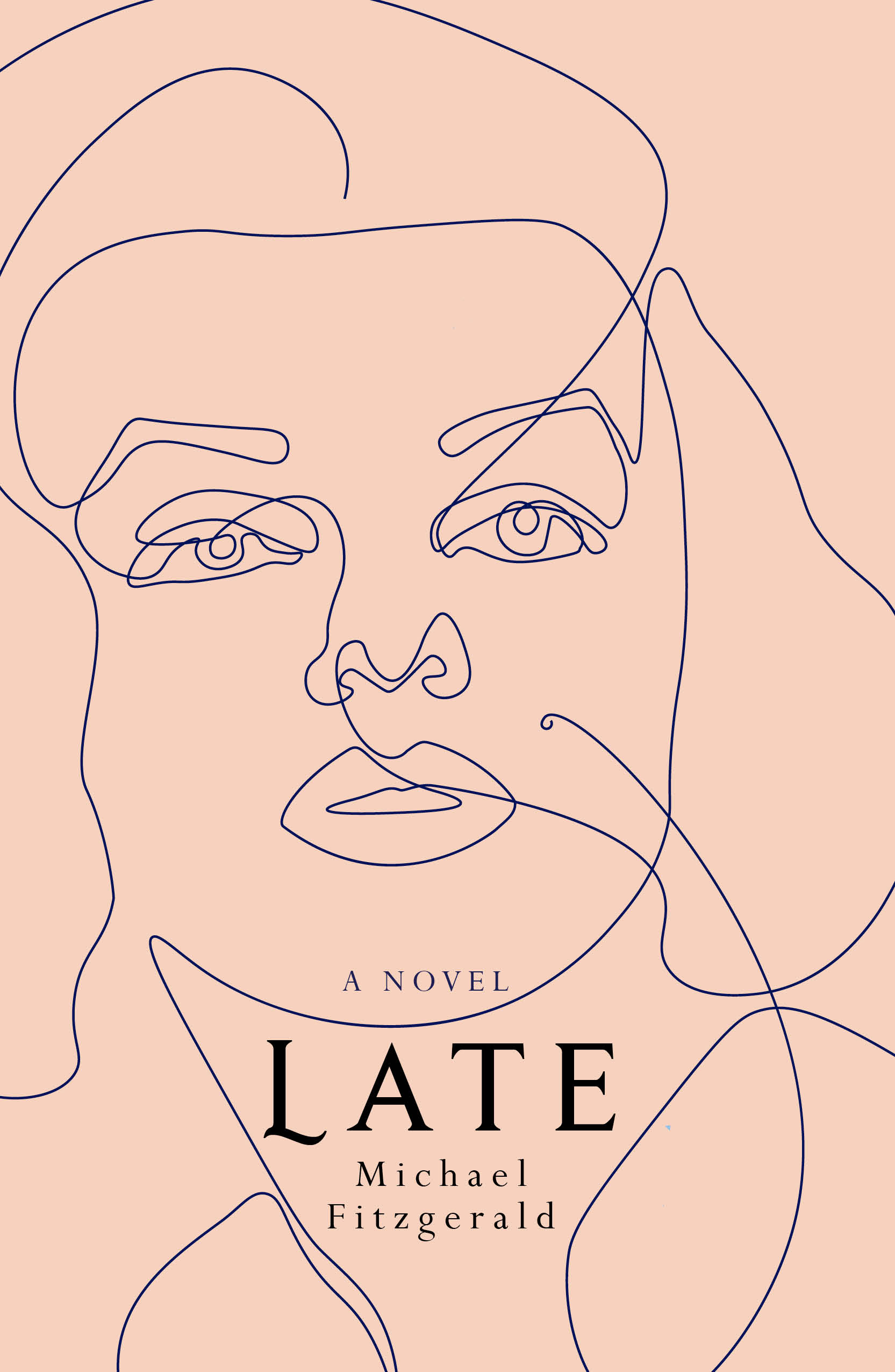
- Free Article: No
- Contents Category: Fiction
- Review Article: Yes
- Article Title: Late Monroe
- Article Subtitle: Michael Fitzgerald’s new novel
- Online Only: No
- Custom Highlight Text:
Michael Fitzgerald’s new novel, Late, opens with a camera obscura, a direct reference to Christopher Isherwood’s Goodbye to Berlin (1939). The image is a nifty one – a portrait projected across the Pacific Ocean, as well as across time itself – and it goes some way to signalling the author’s intentions: he wants to create a novel deliberately weighted by the creative works (films, books, art, and sculpture) that have come before and, for his protagonist – who in real life died on 4 August 1962 – those that have come since.
- Featured Image (400px * 250px):

- Alt Tag (Featured Image): Tim Byrne reviews 'Late: A novel' by Michael Fitzgerald
- Book 1 Title: Late
- Book 1 Subtitle: A novel
- Book 1 Biblio: Transit Lounge, $32.99 hb, 200 pp
- Book 1 Cover Small (400 x 600):

- Book 1 Cover (800 x 1200):

Those surreptitious trips to the cinema lead her to a connection with a young usher, Daniel. He is gay but reluctant to come out, partly because of his estranged relationship with his mother, and partly due to the spate of violent deaths of gay men, thrown off the cliffs near Bondi and forgotten. Marilyn has already intuited these hate crimes from her clifftop sanctuary, designed by Harry Seidler (perhaps an unusual choice for a recluse who has faked her death to live in a house designed by an internationally famous architect).
Daniel, Marilyn, and Zelda hang about, read Camus, and unpack their mother issues in a series of impressionistic scenes that blur in space and time. Fitzgerald is interested less in dramatic arc and plot development than he is in a kaleidoscope of sensations and connections. In a nod to the modernism the characters are drawn to, there is an almost random associative structure to the novel, tendrils unfurling into pop cultural crevices seemingly at will. This enables some terrific tricks of anachronism and misplacement – Monroe musing on the role of Evelyn Mulwray in Polanski’s Chinatown (1974) as ‘tailor-made for me’; or the ‘stubborn and bullnosed’ ferries on Sydney Harbour, ‘how they crisscross but rarely collide’ – as well as some insightful commentary on the star’s actual filmography, including her frustrations on the set of The Misfits (1961).
Monroe is a complicated subject, though – as much for the allusions she conjures, the way her face seems to recede into iconography the closer we look into it – and Fitzgerald sometimes slips into hackneyed tropes, even as he tries to subvert them. Monroe is coquettish in the most blandly sexual way, a Blanche DuBois played by a Playboy bunny. While she rails against the commodification of her image, she often returns to its most obvious iterations: the dress she wore to President Kennedy’s birthday celebration or the wind-up-the-white-skirt moment from The Seven Year Itch (1955). The portrait of Marilyn isn’t as reductive or self-reflexive as Ana de Armas’s turn in Andrew Dominik’s Blonde (2022), but it suffers from a similar ironing out, as if we can only see the actor in profile, framed in silhouette.
More problematic is the character of Daniel, who may be intended to represent all those victims of hate and otherness. He is so colourless he blends into the background of Marilyn’s bohemian digs. Her cats, Isak and Carson – named after her favourite authors, Dinesen and McCullers – are more vivid, breaking into a cooked chicken or gobbling up shards of ice. Daniel’s fate, abject and shocking, is strangely elliptical; Fitzgerald seems to pull back from consequence at the last minute, as if pulling his punches.
Fitzgerald’s prose style is both help and hindrance in this regard. Solipsistic, discursive, and lyrical, it can be picturesque – the sun ‘slinking below the bottom branches of Norfolk pines, making all movement along the promenade … stream and cohere into lozenges of light’ – but also arch and distracting. Everything is equally weighted, from a hairstyle to a body washed out to sea; details stream and cohere. It allows Fitzgerald to juxtapose images, to build portraiture collage-like from the detritus of a famous life, but it also distances us, like a dream half remembered. Some readers will find it elegiac, a rich and evocative tone poem; others may be frustrated by its evasions.
Fitzgerald is fascinated by works of art, the cost of them to the artist, and their lasting effect on us. His previous novel, Pietà (2021), refracted the theme of mothering through Michelangelo’s masterpiece. Late employs Monroe herself as the artwork in question, shone through the hole in that camera obscura. He demonstrates the ways in which some gay men cling to images of iconographic femininity, of the tragic face of celebrity, as an emblem of their suffering, a projection of their hopes and fears. Marilyn makes a curiously piercing light when beamed into the shadowed world of homophobic hate crimes, impossibly comforting in a late period she sadly wasn’t afforded in life.


Comments powered by CComment